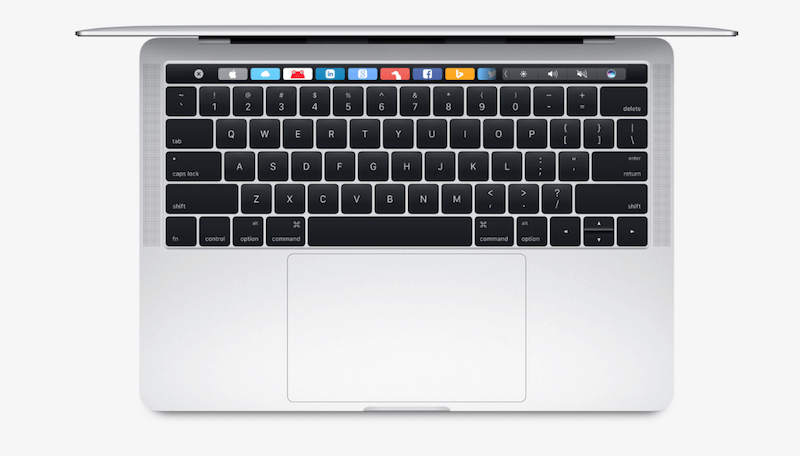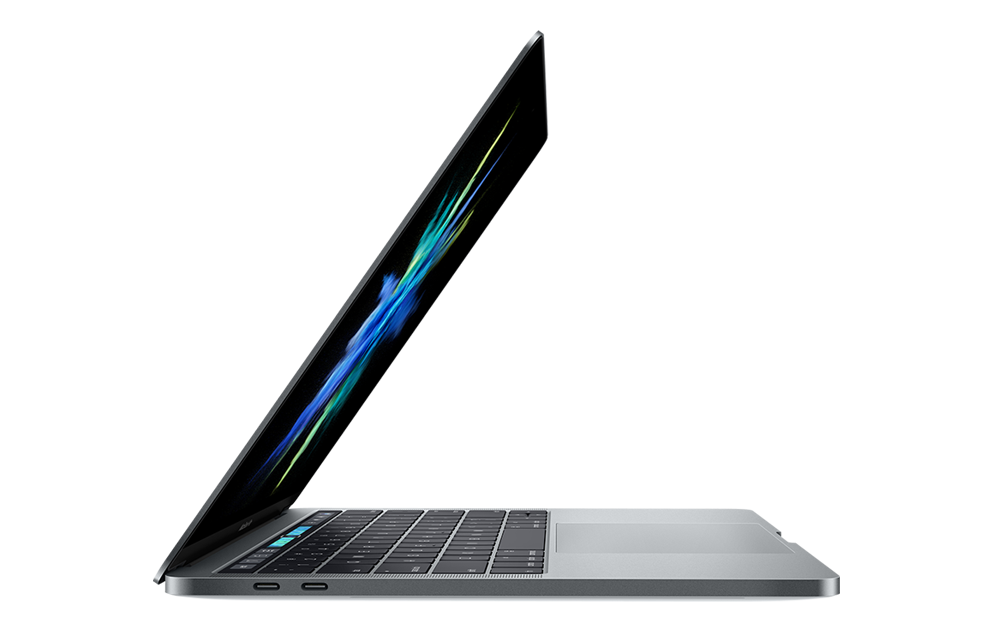
By now you may have heard that response to the new MacBook Pro isn’t as positive as Apple would have hoped. After all, Apple did take a huge leap forward by abandoning all ports except USB-C. They even ditched the beloved the MagSafe connector.
Before I get into all the reasons why the MacBook Pro isn’t fully the pro machine it claims to be — at least not in 2016 — it’s important to note where Apple got it right. Battery life is an impressive 10 hours, the improved brightness, contrast and color gamut of the display looks a real treat for photographers, and Touch Bar is going to be phenomenal as a new interface.
While some complaints about the new MacBook Pro are nit-picky, others bring up legitimate concerns. A product that starts at $1499 certainly deserves fair criticism over what it lacks.
USB-C Isn’t Good Enough Right Now

The biggest problem people seem to have with the new MacBook Pro is the drastic switch to all USB-C all the time. The Touch Bar models have only four USB-C ports and nothing else except a headphone jack, oddly enough. The models sans Touch Bar have two USB-C ports.
It’s hard to find anyone who disagrees with Apple that USB-C is the future. It’s a versatile port that can handle power, data and displays. But right now, it’s far from mainstream. Most computer users still use USB-A for either transfers or storage. Dongles are ugly and terrible, but they’re the only solution right now to extend compatibility.
I’ve read plenty of articles from pundits on the subject. Developer Marco Arment wrote on his blog understanding Apple’s desire to develop for the future, but also a wish that they accommodated for the present. He stated the new MacBook Pro should have one USB-A port to ease the transition.
John Gruber of Daring Fireball responded claiming that would have slowed the transition to USB-C. He compared it to the elimination of the headphone jack in the iPhone 7. He’s not wrong, but the iPhone 7 came with a dongle for headphone jack compatibility. The MacBook Pro, a device hundreds if not thousands of dollars more expensive, does not. Right now, the message Apple is sending is, “We want to design our products for the future and we think that’s USB-C. However until that day comes, if you want to use even your most basic accessories with your MacBook Pro, you should spend extra money on a dongle or adapter.”
It’s easy to argue that Apple designs for the future and I totally get that, but it shouldn’t be the closing statement. A company that values products that “just work” could have also included a USB-C to USB-A adapter of some sort to make the transition less painful.
I’d argue Apple already recognizes that error in judgment, because prices on a number of their dongles were recently slashed.
16GB Memory Cap Isn’t Always Sufficient

Most of the new MacBook Pro models come with 8GB of RAM standard. That’s fine for most users, and if it’s not, the option to upgrade to 16GB of RAM is available. The problem is 16GB isn’t always enough for everyone either, especially for the pros among pros. It’s especially not totally future-proof assuming applications will continue advancing and becoming more complex from here.
Software engineers and video producers could benefit from 32GB of RAM at least as an upgrade option, especially if they like intensive multitasking on their notebooks. Apple says the reason why it’s out is that the additional memory would affect battery life.
Maybe that is the case, but professional users tend to prioritize battery life way less than Apple does. Even if battery life dropped from 10 hours to eight, it’d still be plenty sufficient to get through the day.
Apple isn’t totally to blame for this though. Intel’s current generation processors don’t support more than 16GB of LPDDR4 memory either. KGI Securities analyst King-Chi Kuo predicts Apple will offer 32GB of RAM once Intel’s Canonlake CPU arrives.
Inconsistencies Cause Further Incompatibilities

Apple has built up and secured its ecosystem for years with iCloud. The promise is that all devices should work seamlessly with each other. They’ve mostly done that, and definitely do so better than ever, but Apple’s new MacBook Pro seems to separate itself from that synergy.
This complaint doesn’t always apply to pros more than regular consumers, but pro users especially need versatility and compatibility.
The iPhone comes with a Lightning to USB cable. This means you can no longer plug your iPhone into your Mac, even just for charging purposes, without buying an additional accessory. iPhone ships with Lightning headphones that only work with iOS devices since the MacBook Pro, nor does any other Mac, have a Lightning port. That means the rising number of Lightning accessories like headphones won’t work with your Mac either no matter how expensive.
The only way all devices, and audio devices in particular, now work together is wirelessly. iPhone, iPad, Apple Watch and MacBook Pro all work with Bluetooth devices. Those with W1 chips work even better because they connect with one tap and switch automatically between devices over iCloud. But right now only four accessories on the planet have that proprietary W1 chip: BeatsX, PowerBeats, Beats Solo3 and Apple AirPods. The least expensive one is $149.99.
It seems like the current solution for professional users to have everything seamlessly work with each other is to go wireless. That can cost hundreds, sometimes thousands of dollars. If they’re not willing to pay, they have to deal with tedious dongles until they save up the money. They have to travel with more cords and wires than ever and swap them out as needed.
By moving forward so quickly with both Lightning and USB-C, Apple has made technologies still in very widespread use — 3.5 mm jack and USB-A — way more difficult to use even with their own products. It’s also counterintuitive to focus on USB-C for Mac and Lightning for iOS. All of this jeopardizes the stability of the Apple ecosystem, even if it proves only temporary.